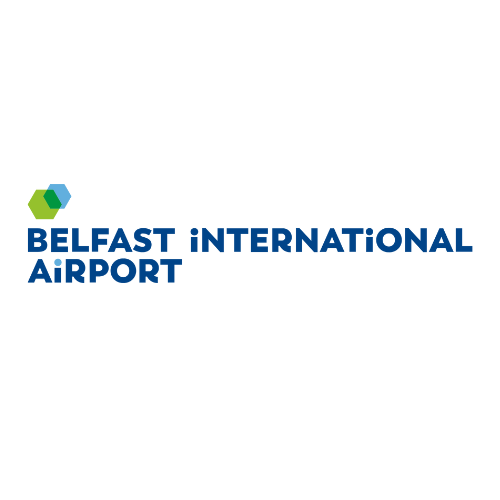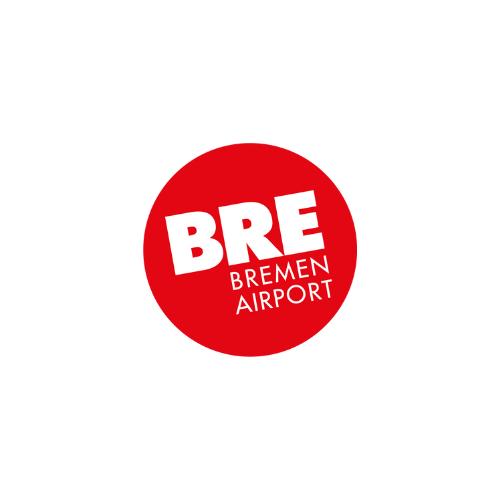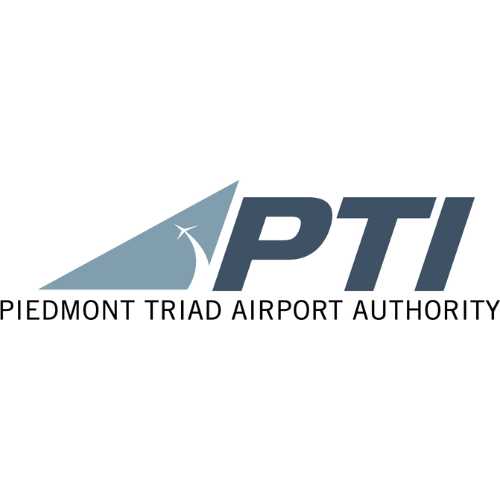Today, airports can no longer rely on aeronautical revenue from airline charges and terminal rentals to survive. Despite passenger numbers starting to increase post-pandemic, airports still have a long road to recovery and need to explore other ways to generate revenue. One airport revenue opportunity comes in the form of touchless technology, such as airport ecommerce websites and location-based services. Here we will discuss how each can be best optimised to earn airport revenue.
New approaches for a new world
During the pandemic, many operators invested in touchless technology to improve passenger safety and operational efficiency. For example, biometric technology and virtual queuing solutions, like Rezcomm’s Queueless Journeys, reduced the risk of contamination by limiting the surfaces passengers touched. They also prevented unnecessary queuing to facilitate social distancing. At the same time, touchless technology like Rezcomm’s Contactless Customer Service limited the need for face-to-face contact, adding an extra layer of protection for both airport staff and passengers.
We also saw an increasing number of airports diversifying their offerings and ramping up their ecommerce efforts to engage with and sell to customers digitally and contact-free.
However, at the recent International Airport Review Online Summit, Fabrizio Magliocca, Head of APOC Management at Aeroporti di Roma, raised a good question: “how important will the touchless experience be when the pandemic is over?”
He added, “there will be some things that make business sense in the long term, and there will be initiatives that won’t be alive after the pandemic. As airport operators, we need to assess what is offering us an operational gain and improving the airport experience for passengers. In doing so, we need to look at the bigger picture, not only what we want to offer our passengers but also the economic side of every decision that airport operators have to make.”
And he’s right – for airports to continue investing in touchless technology, there must be economic benefits. So, as they weather this recovery period, airport operators must evaluate the touchless technology installed during the pandemic and determine how it can be reimagined as a valuable source of revenue.
Tapping into the touchless revenue opportunity
“We are looking at the whole passenger journey from couch to cabin and how we can leverage touchless technology,” said Kirk Goodlet, Director of Facilitation and Product Development at Winnipeg Airports Authority, at the IAR Online Summit. And many airports all over the globe will be doing the same by tapping into touchless technologies such as:
- Location-based services and geofencing, which are used to supply information and offers based on passengers’ locations in an airport
- Ecommerce websites and apps, which passengers can use for contactless purchases and payments either at the airport or during the pre-arrival process
These touchless technologies offer passengers a more seamless experience and ultimately unlock more non-aeronautical revenue for the airport.
Here we will discuss how these examples of touchless technology can be leveraged at the airport and during pre-arrivals to earn airport revenue.
Using geofencing strategies to boost revenue streams at the airport
From duty-free and retail to food and beverage and lounge, there are so many untapped revenue streams your airport already has, and you might be interested to hear that geofencing strategies can help you make more of them.
Using geofencing technology, operators can recognise when passengers are on their way to the airport and the moment they arrive. As a result, they can provide essentials like digital boarding passes, info about the various stores and restaurants passengers can visit at the airport, along with timely personalised retail vouchers, lounge upgrades, and fast track ticket upsells directly to passengers’ mobile phones, all with the aim of generating more revenue.
Partnering with airport retailers, restaurants and airlines
Providing airports have partner programs with their retailers and restaurants, they can use geofencing strategies to boost revenue from revenue-sharing initiatives. The same could also work with airline partners. For instance, airports can use geofencing technology to send passengers an alert when they are near the gate to pre-book in-flight food, drinks and WiFi while they board. Or, if passengers have time to spare when they reach the gate, this could trigger push notifications with retail vouchers for nearby airport coffee shops and wine bars to encourage them to spend more money.
Location-based services can also be used with wayfinding technology, providing interactive AR-enabled airport maps that passengers can use to quickly find nearby coffee shops, bars, restaurants and retailers. A great example of this is the app used by Zurich Airport, which you can read more about in our article, ‘How Airport Digital Transformation Improves Passenger Satisfaction, Efficiency and Revenues.’
Partnering with ground transportation providers
Another way to earn airport revenue is by partnering with ground transportation providers for buses, monorail, taxi and train. Using geofencing technology, passengers can send location-based offers and reminders to passengers who have just landed, encouraging them to book tickets while at baggage claim. In turn, airports generate money from the sales gained by transport provider partners.
Linking into the loyalty loop
As you can see, geofencing provides a valuable airport revenue opportunity, and it doesn’t have to stop with a single customer sale. Geofencing enables airports to track passengers’ behaviour. With permission, airport marketers can then go on to send relevant emails and push notifications to keep passengers in the loyalty loop, increase passenger spending and generate additional revenue.
Why & how to invest in pre-arrival bookings
There are many ways operators can use touchless technology, like geofencing strategies, push notifications and digital retail vouchers, to earn airport revenue from passengers at the airport. However, thanks to airport ecommerce solutions, like the Rezcomm Marketplace, airports can capture conversions at a much earlier touchpoint.
Yes, by investing in pre-arrival booking solutions, such as Rezcomm’s ecommerce platform, airports can earn revenue from a wide range of products and services, including (but not limited to):
- Flights, hotels and holidays
- Travel products and ancillaries
- Pre-book food and beverage
- Pre-order retail and duty-free
- Pre-book parking and airport lounge
- Reservations for airport tours, meeting room hire and appointments at airport-based businesses, such as beauty salons
Within the online booking journey, the Rezcomm Marketplace is designed to cross-sell and upsell relevant products and services to passengers to increase spending and maximise the airport revenue opportunity.
Pre-arrival bookings not only enable airports to earn more revenue but also gain valuable passenger data. The more passenger data airports collect, the better they can understand passengers on a personal level for creating tailored marketing campaigns and targeted offers to drive repeat bookings and gain valuable, loyal customers.
Are you making the most of your touchless technology?
We hope this blog post has shown you that while using touchless technology to improve the passenger experience is extremely worthwhile, you can also reimagine this technology as a valuable source of revenue.
If you are interested in exploring ecommerce as an airport revenue opportunity, please download our brochure and book a meeting to learn more about our industry-leading solutions.




























